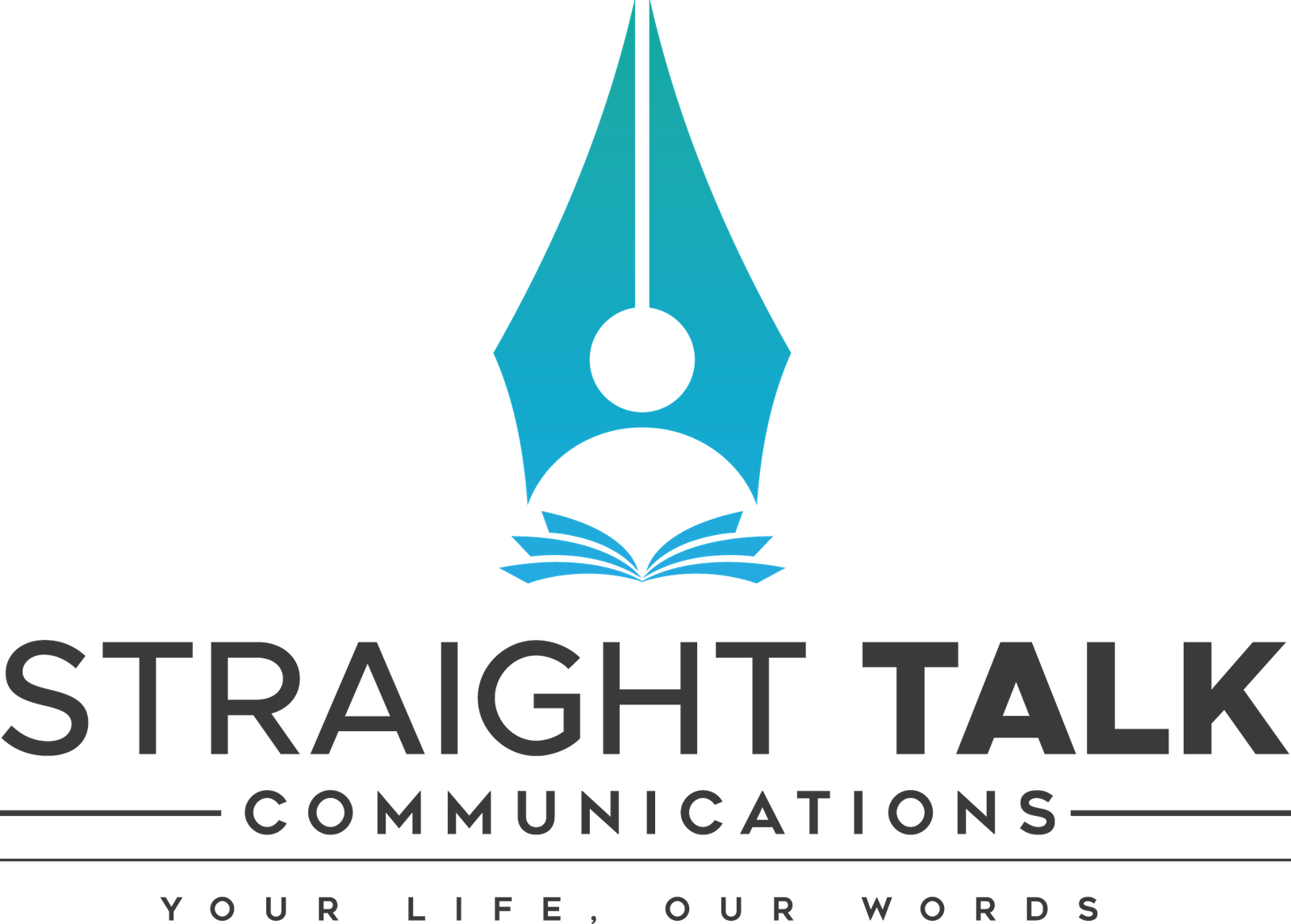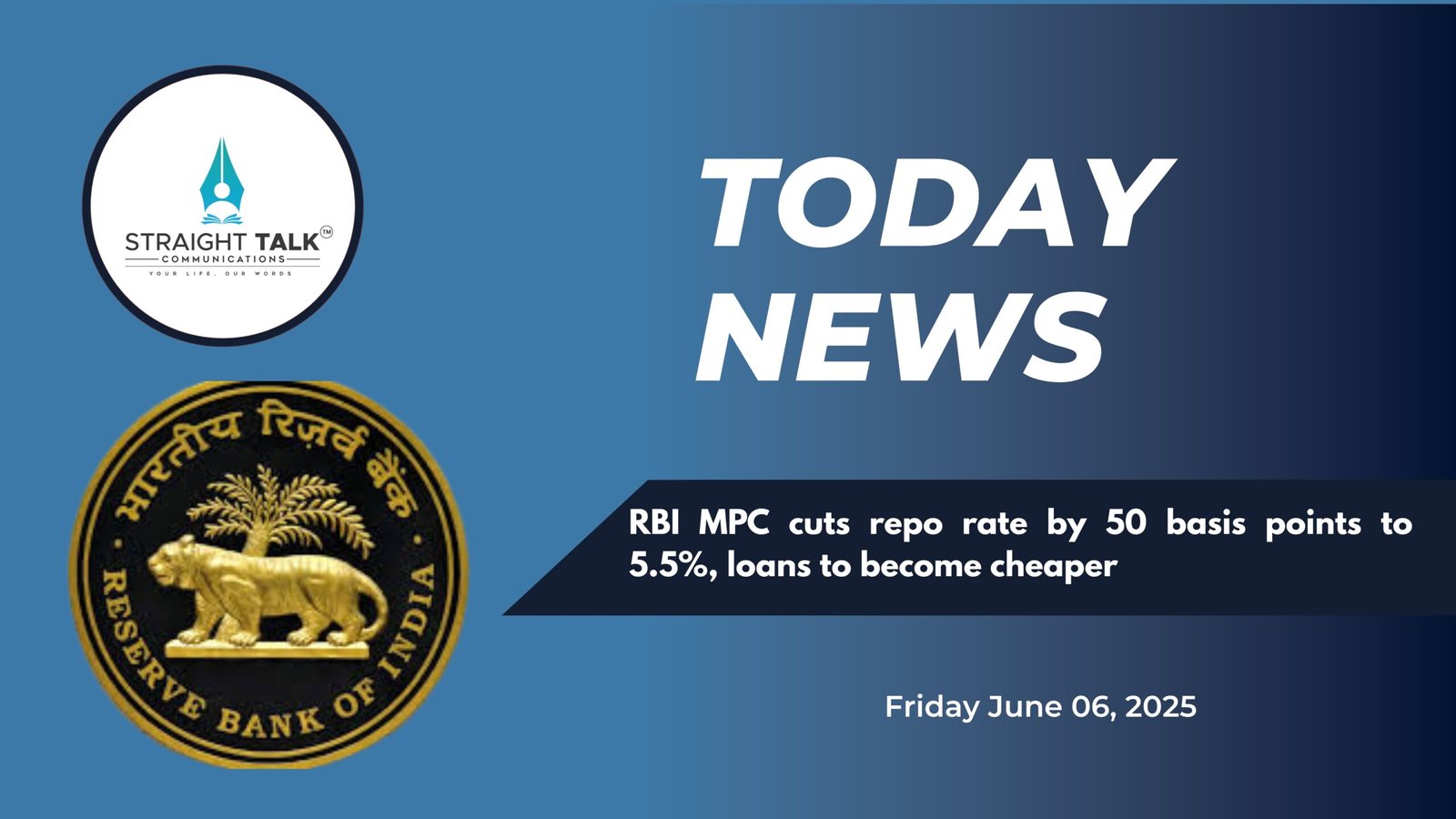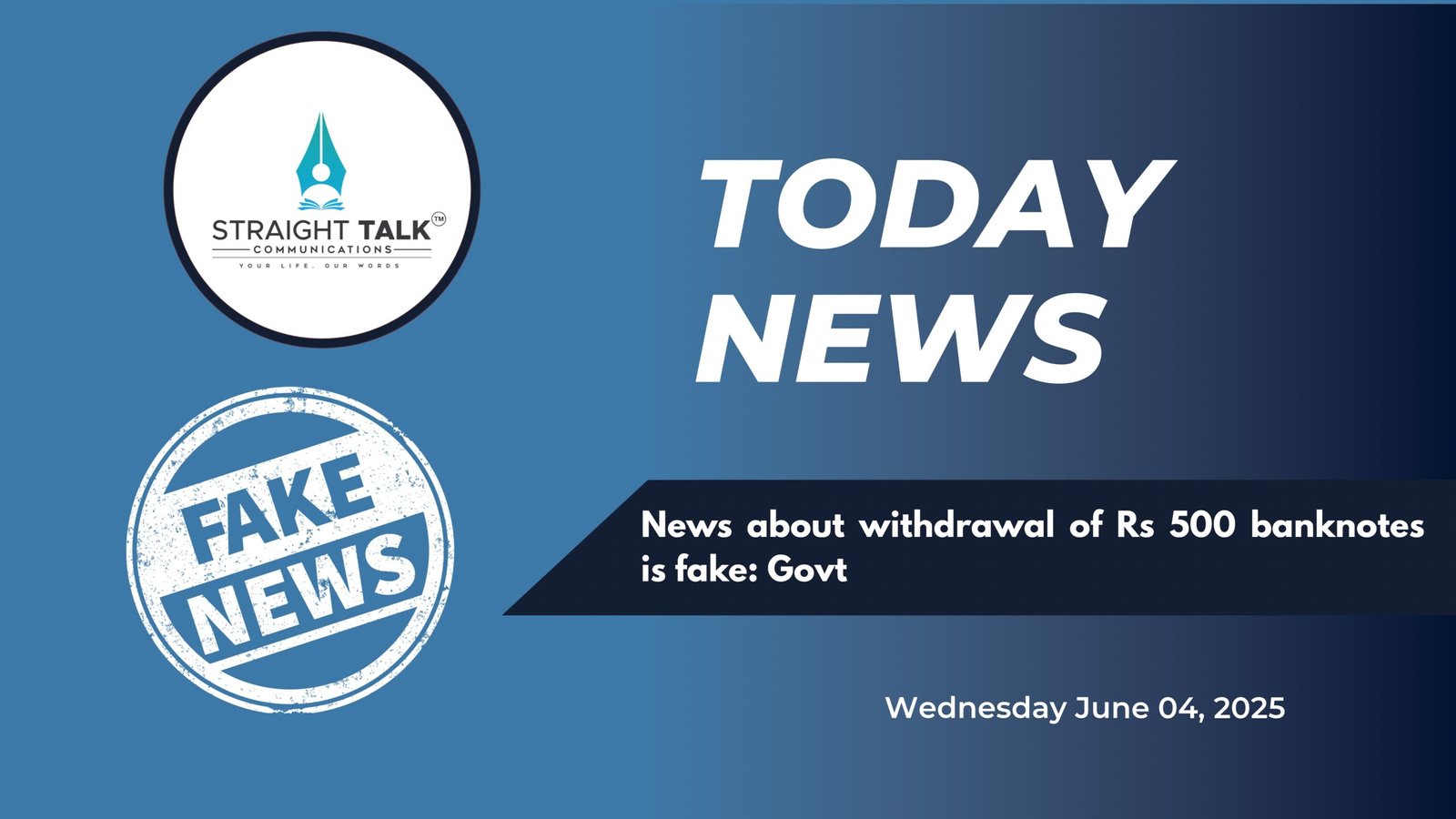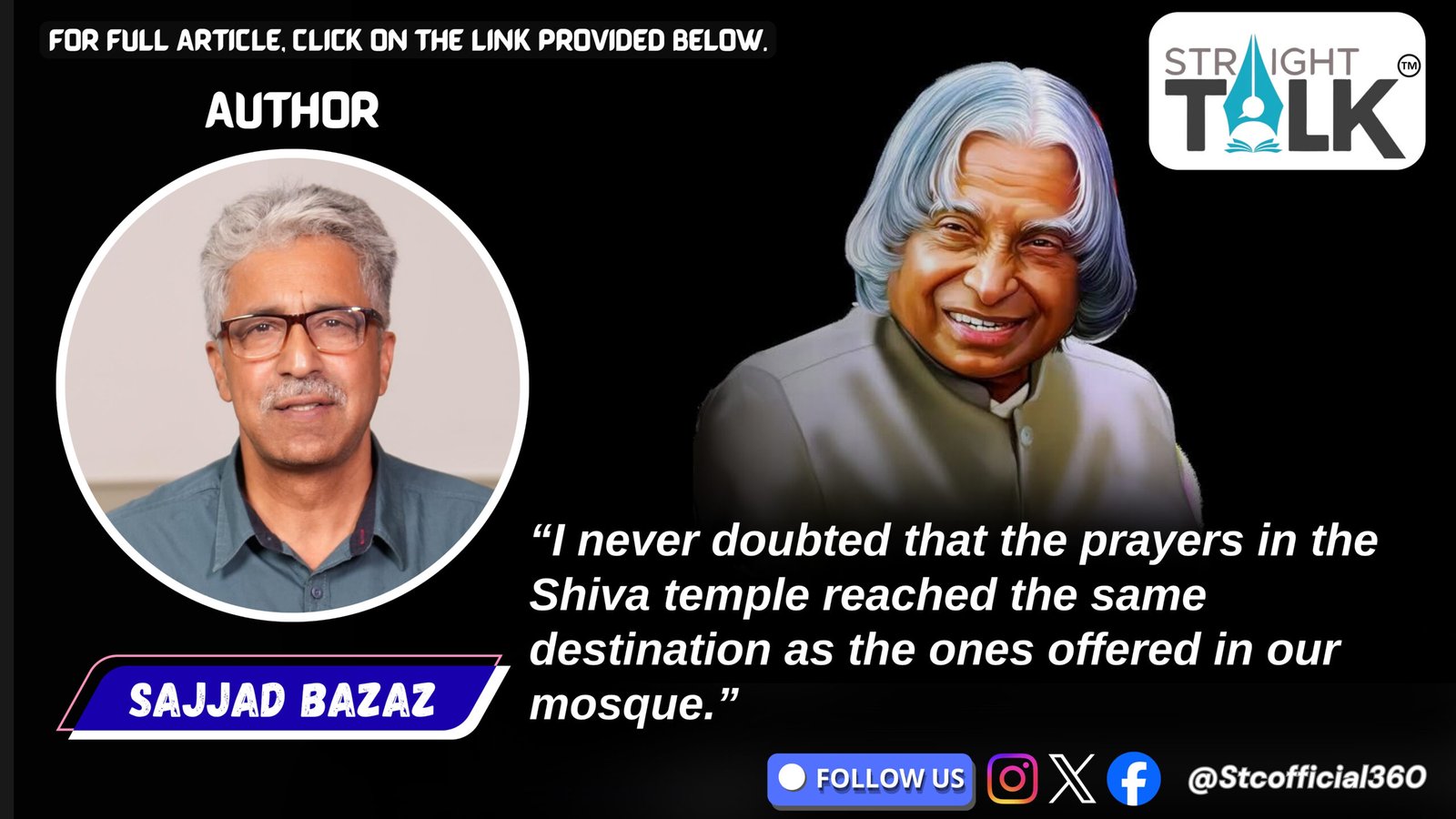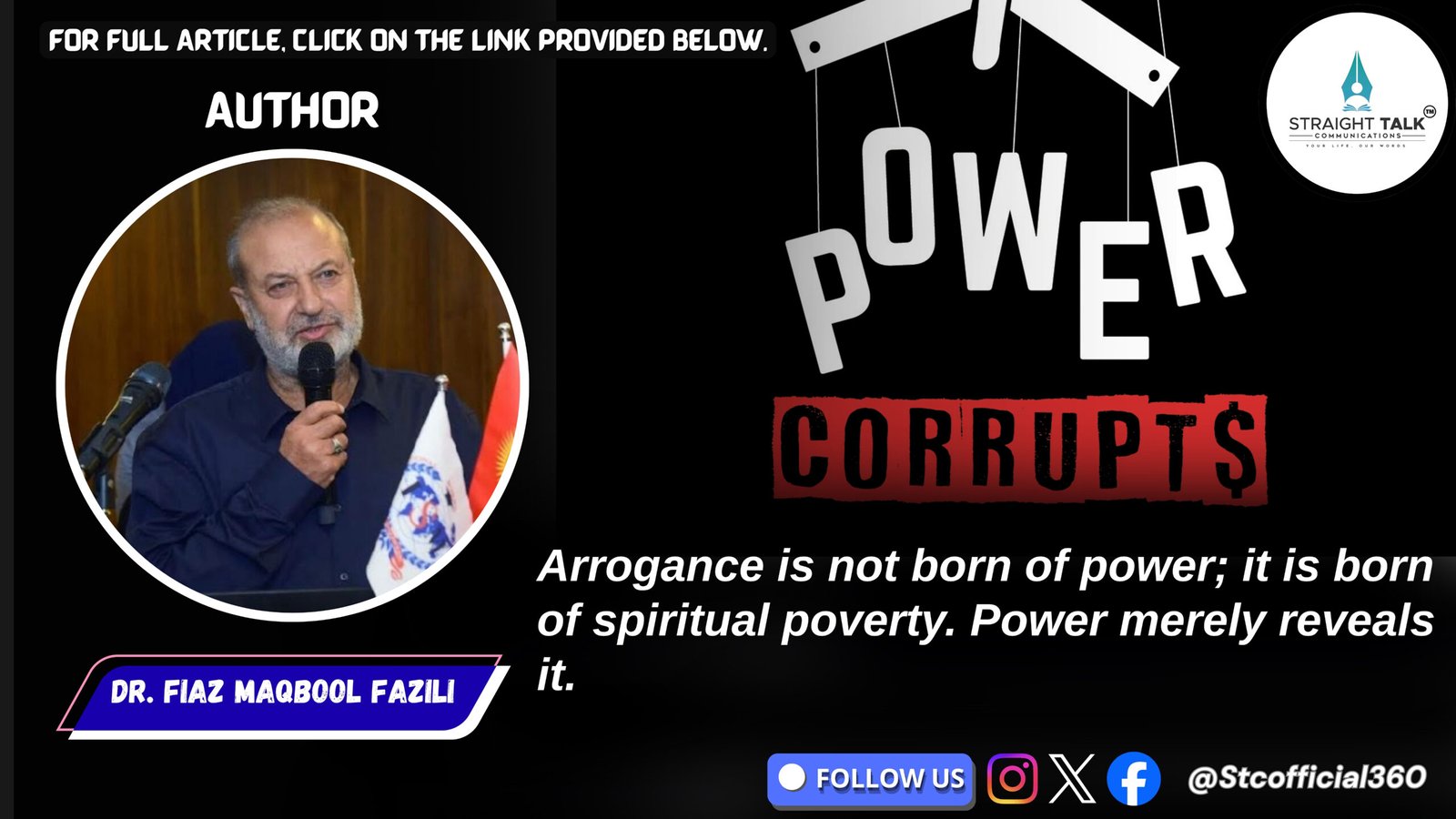Trump’s Tariffs Turn Modi’s U.S. Bromance into a Trade War Bust

India’s left nursing economic wounds, armed with export data, EU Zoom calls, and a bruised ego. At least we haven’t nominated Trump for a Nobel Peace Prize—yet.
Peerzada Masarat Shah
Once upon a time, Trump and Modi were the ultimate geopolitical BFFs—think stadium-filling “Howdy Modi” rallies in Texas and choreographed bear hugs that screamed “strategic soulmates.” Fast forward to 2025, and that bromance has been body-slammed by a 50% U.S. tariff on Indian goods, the highest globally, all because India dared to buy affordable Russian oil to keep its 1.4 billion people powered.
The U.S., self-proclaimed champion of “free” trade, has essentially told its democratic partner to take a hike for prioritizing energy security over Washington’s whims. Trump, who once called Modi a “great man” at a 2019 Ahmedabad rally, now lumps India with Brazil as “dead economies” while claiming—without a shred of evidence—that he brokered peace between India and Pakistan. Yes, the same Trump who mispronounced “Namaste” and thought Bhutan was part of India is now styling himself as a Nobel-worthy diplomat. Meanwhile, Pakistan’s gleefully nominating him for that very prize and scoring U.S. mineral exploration deals, leaving India to wonder if it’s been cast in a bad episode of Geopolitical Survivor.
Modi’s response? Crickets. No fiery tweets, no “Mitron, this is about our pride” speeches. Just an eerie silence that Rahul Gandhi, ever the opportunist, attributes to a U.S. investigation into Gautam Adani—Modi’s billionaire buddy whose empire spans coal to ports and who’s suspiciously cozy with the PM. Gandhi’s not alone in raising eyebrows; social media’s buzzing with theories that Modi’s tight-lipped stance might be less about diplomacy and more about dodging an Adani-shaped scandal.
India’s government isn’t thrilled, calling the tariffs “unfair, unjustified, and unreasonable”—a phrase that could also describe trying to navigate Mumbai traffic during monsoon season. Last year, India-U.S. trade hit $212 billion, with India slashing duties on American industrial goods and even flirting with lower taxes on U.S. cars to keep the vibe friendly. But when India stood firm on protecting its dairy farmers and agricultural sector—vital for millions of its poorest citizens—Trump hit back with tariffs that obliterated Modi’s $500 billion trade dream faster than you can say “Make America Great Again.”
Trump’s all about “onshoring” now, bringing jobs back to the U.S. and dismissing “friend-shoring” as a fairy tale for naive allies. India’s been voted off the trade island, left scrambling to salvage its global economic cred. New Delhi’s now speed-dating other partners—think UK and EU trade talks—while Apple’s promise to assemble iPhones in India feels like a consolation prize that could vanish if Trump decides “Made in India” threatens American apple pie.
Adding spice to the drama, Modi’s prepping for a trip to China for the Shanghai Cooperation Organisation summit, his first since the 2020 Galwan clash. Picture this: Modi, Xi Jinping, and maybe Putin, sipping tea while navigating the fallout of Trump’s trade tantrum. It’s less diplomacy, more a geopolitical Bigg Boss episode.
What happened to the “most natural partnership” of two democracies destined to counter autocracies? Turns out, even democracies play hardball when dollars are at stake. India’s left nursing economic wounds, armed with export data, EU Zoom calls, and a bruised ego. At least we haven’t nominated Trump for a Nobel Peace Prize—yet.
